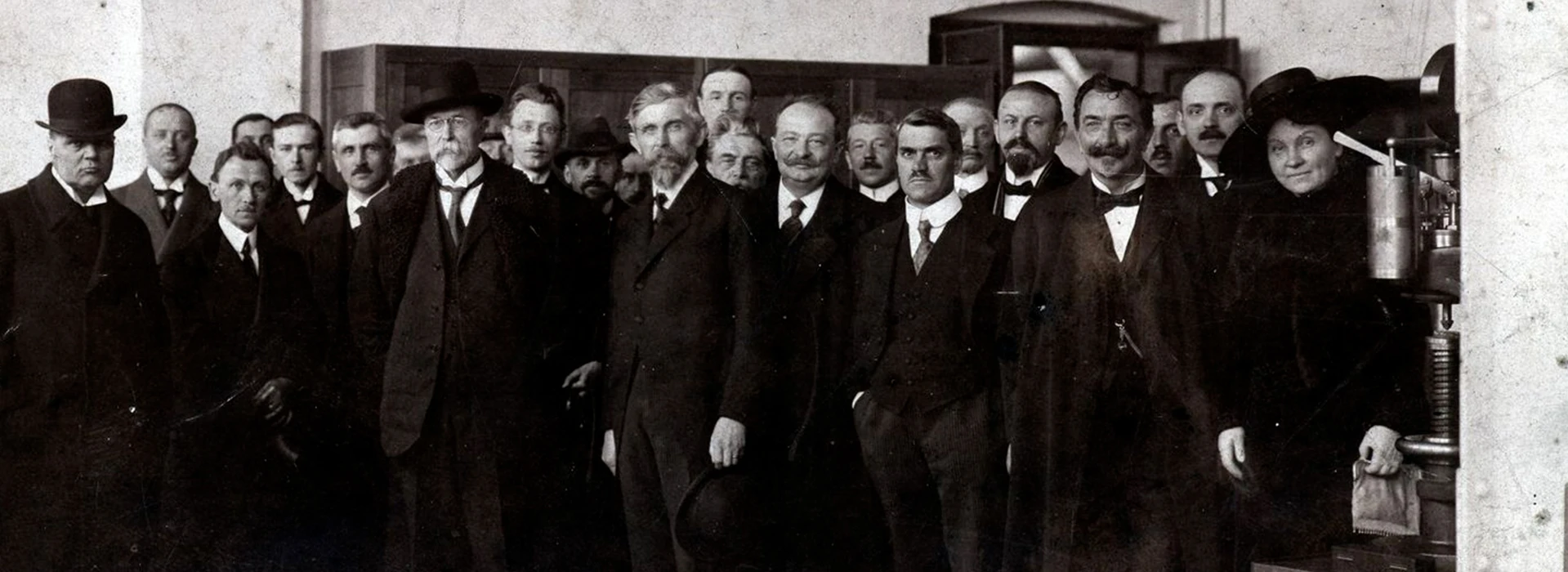ŠKODA History
In the beginning of December 1895, the mechanic Václav Laurin and the bookseller Václav Klement, both bicycle enthusiasts, started manufacturing bicycles of their own design, patriotically named Slavia in the nationalist atmosphere at the end of the 19th century. A few years later, in 1899, the Laurin and Klement Co. began producing motorcycles, which were soon successful and gained several racing victories. After initial experiments at the turn of the century, the production of motorcycles was gradually replaced by automobiles from 1905 onwards.
Like the motorcycles, the first Laurin and Klement automobile, the Voiturette A, was a huge success, later becoming the archetype of the Czech automobile maker. It soon formed a stable position for the company in the developing international automobile market, so that the Company could start operating on a wide scale. The volume of the production increased and soon exceeded the potential of a private enterprise, and in 1907 the founders of the company initiated conversion to a joint-stock company. The international character of ŠKODA's operations became increasingly important. The production facilities were extended constantly and after 1914, ŠKODA took part in the production for the armed forces.
Due to the country's economic development, a joint venture with a strong industrial partner became essential in the 1920s in order to strengthen and modernise the Company, which was at that time producing numerous types of passenger cars, trucks, buses, airplane engines and agricultural machinery. In 1925, fusion with the Pilsen ŠKODA Co. was accomplished, marking the end of the Laurin and Klement trademark. In early 1930s, the automotive business was again organised as a separate joint-stock company within the ŠKODA Group (Automobile Industry Co., ASAP). After the crisis, the company achieved a breakthrough with the Type ŠKODA Popular.
